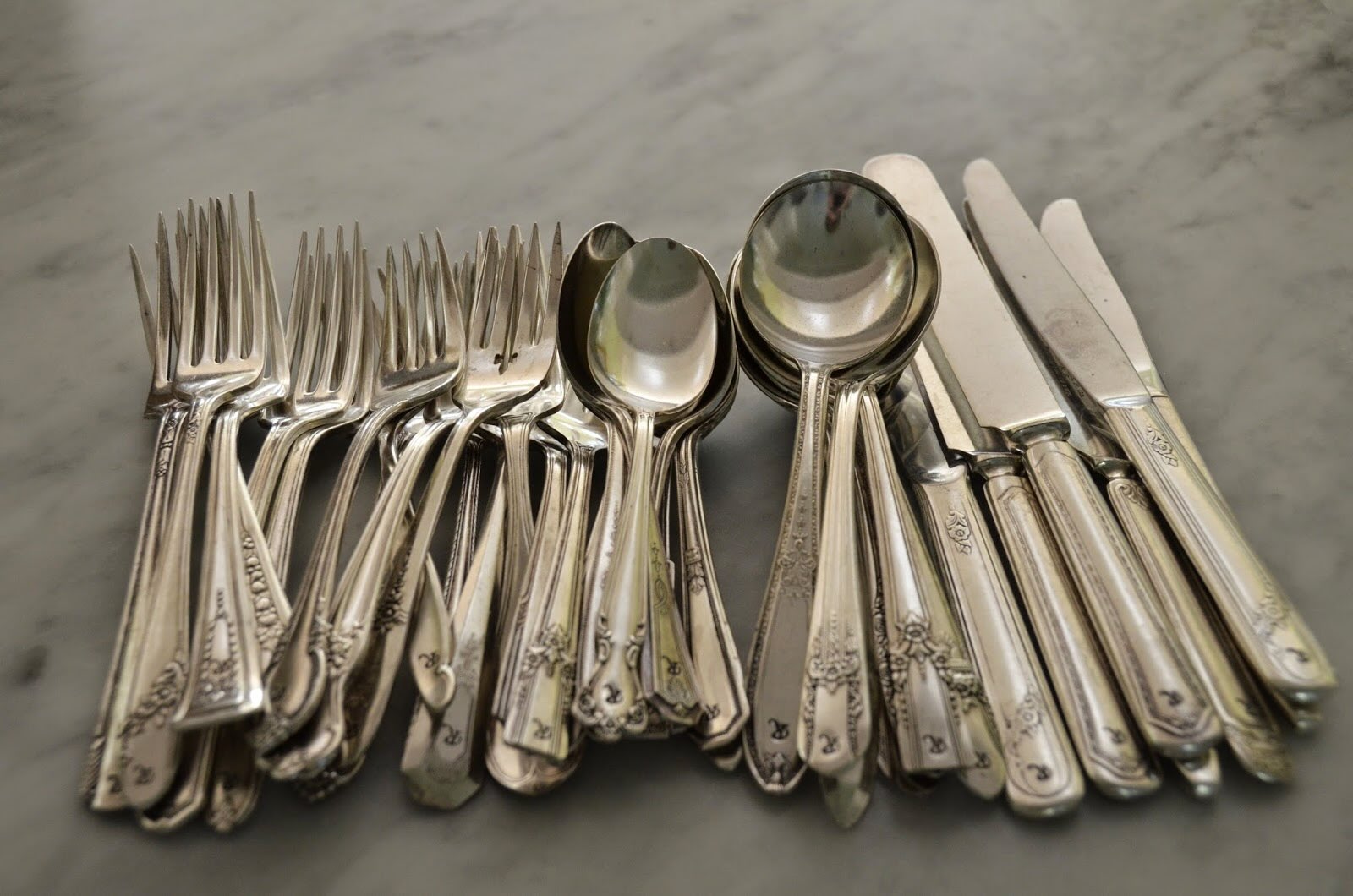

Tableware
When Was Silverware First Used
Modified: January 9, 2024
Discover the history of tableware and when silverware was first used. Explore the origins and evolution of dining etiquette and utensils.
(Many of the links in this article redirect to a specific reviewed product. Your purchase of these products through affiliate links helps to generate commission for Storables.com, at no extra cost. Learn more)
Introduction
Tableware is an essential part of our daily lives, whether it’s for casual family meals or elegant dinner parties. From the humble spoon to the intricate silverware sets, these utensils have a fascinating history that spans centuries. In this article, we will explore the origins and evolution of silverware, delving into its significance in different cultures and civilizations.
Silverware, also known as flatware or cutlery, refers to the utensils used for eating and serving meals. While today we have an abundance of materials such as stainless steel, plastic, and even bamboo, silverware made from precious metals like silver has a long-standing tradition of elegance and sophistication.
The use of tableware dates back to ancient civilizations, where early humans transitioned from eating with their hands to using rudimentary tools. The development of silverware was driven by the need for more efficient and refined ways of handling food.
As societies grew more sophisticated, the demand for beautifully crafted utensils increased. Silverware became a status symbol, demonstrating wealth and social standing. It is an art form that combines both functionality and aesthetic appeal, making it an integral part of dining culture worldwide.
So, join us on this journey through time as we uncover the fascinating story of silverware and how it has shaped our dining experiences throughout history.
Key Takeaways:
- Silverware, dating back to ancient civilizations, has evolved from a symbol of wealth and status to a reflection of cultural diversity, artistic expression, and sustainability, shaping our dining experiences throughout history.
- The timeless allure of silverware persists in modern times, blending tradition with innovation. From heirloom sets to eco-friendly options and smart utensils, silverware continues to add elegance to dining, bridging the past, present, and future.
Read more: When Was Stucco First Used
The Ancient Origins of Silverware
The earliest evidence of utensils used for eating dates back to prehistoric times. Our ancestors carved spoons out of wood, bone, and other natural materials to scoop and consume their meals. These basic utensils served a practical purpose, allowing early humans to better handle cooked food and liquids.
As societies began to settle and develop agriculture, the need for more refined utensils arose. Archaeological excavations have revealed that ancient civilizations such as the Egyptians, Greeks, and Romans started using more sophisticated utensils made from various materials like bronze, gold, and silver.
Silver, in particular, held a special significance due to its natural properties. Known for its antibacterial properties, silver helped prevent the growth of harmful bacteria on utensils, thus ensuring better hygiene during meal times.
During the time of the Roman Empire, there was a surge in the production and use of silver tableware. Wealthy Romans would showcase their social status by hosting extravagant banquets where elaborate silver utensils were prominently featured.
The spread of the Roman Empire led to the dissemination of silverware across Europe and other parts of the world. Through trade and conquest, the use of silver tableware reached regions like the Middle East, Asia, and Africa, influencing local dining cultures.
The Middle Ages witnessed a shift in the production of silverware. While silver remained a popular choice for the wealthy, other materials like pewter, brass, and iron were more commonly used by the masses. Silver, with its inherent value, was a luxury reserved for the elite.
It was during the Renaissance period that silverware once again regained its grandeur. The rise of the wealthy merchant class in Europe led to a renewed appreciation for fine craftsmanship and luxury items. Silver utensils adorned with intricate engravings and filigree became highly sought after.
As technology advanced, silverware production became more efficient. Silversmiths perfected their techniques, creating exquisite pieces that were not only functional but also works of art. The craftsmanship and attention to detail exhibited in silverware during this period are still admired and celebrated to this day.
The Evolution of Silverware through History
Over the centuries, silverware has undergone significant transformations in both design and function. Each era and culture have contributed to the evolution of this essential dining tool, shaping the way we eat and serve food.
During the 18th century, the Rococo movement had a profound impact on silverware design. Elaborate curves, intricate engravings, and ornate handles became the hallmark of this period. Serving pieces such as ladles and tongs were crafted with the same level of detail, showcasing the silverware’s elegance and opulence.
The Industrial Revolution in the 19th century brought about a shift in silverware production. With the advent of mass production techniques, silverware became more accessible to the middle class. Utensils were simpler in design and made from less expensive materials, such as electroplated silver or stainless steel.
The Art Nouveau movement of the late 19th and early 20th centuries introduced a new aesthetic to silverware design. Inspired by organic forms found in nature, silverware became more fluid and sculptural. The focus shifted from intricate ornamentation to the natural beauty of the material itself.
With the rise of the Art Deco movement in the 1920s, silverware design took on a streamlined and geometric approach. Clean lines, bold shapes, and minimal embellishments were favored. The functionality of the utensils was prioritized, reflecting the modernist ideals of the time.
After World War II, silverware design became more diverse and experimental. Modern designers pushed boundaries, exploring new materials like plastic and incorporating innovative shapes and forms. The focus extended beyond traditional utensils to include specialized tools for specific culinary tasks.
Today, silverware design continues to evolve, reflecting contemporary tastes and trends. While traditional designs are still adored for their timeless elegance, there is also a growing demand for unique and avant-garde creations. The fusion of different materials, textures, and cultural influences is evident in the wide range of silverware available on the market.
Furthermore, the functionality of silverware has expanded to accommodate modern dining habits. Utensils designed for specific cuisines, such as sushi or pasta, have become more common. Ergonomics and ease of use are now key considerations in silverware design.
As we look back on the evolution of silverware, it becomes clear that it has not only served a practical purpose but also played a significant role in artistic expression and cultural identity. From the ornate silverware of the Renaissance to the sleek and minimalist designs of the present day, this humble dining tool continues to captivate and inspire.
Silverware, also known as flatware, has been used since ancient times. The earliest known use of silverware dates back to the ancient Greeks and Romans, who used metal utensils for dining.
Silverware in Different Cultures and Civilizations
As silverware spread throughout the world, different cultures and civilizations infused their own unique traditions and customs into the designs and uses of these utensils. Let’s explore some of the fascinating variations of silverware across different regions.
In China, the use of silverware has a long history dating back thousands of years. Chinese silverware often features intricate engravings and symbolic motifs rooted in Chinese mythology and culture. Chopsticks, an essential part of Chinese dining, are traditionally made of silver and adorned with ornate patterns.
In Japan, silverware takes on a more minimalist and delicate form. Traditional Japanese table settings involve the use of multiple pairs of chopsticks, each with a specific purpose. Silver chopsticks are reserved for special occasions and formal dining settings, reflecting the importance placed on hospitality and refined dining etiquette.
Indian silverware showcases the rich cultural diversity of the country. From the ornate silver bowls and trays used in traditional Indian weddings to the intricately designed silver jugs and glasses used for serving drinks like lassi and chai, Indian silverware reflects the opulence and hospitality deeply ingrained in Indian culture.
European silverware, particularly in countries like France, England, and Italy, exemplifies the grandeur and craftsmanship of the Renaissance and Baroque periods. Silver cutlery sets with elaborate handles and engravings were status symbols among the aristocracy.
In the Middle East, silverware holds deep cultural significance and is often intricately decorated with precious stones and detailed patterns. Silver coffee pots, known as dallahs, and trays are integral to the traditional coffee-serving ritual that embodies hospitality and social engagement in Arab culture.
In Africa, silverware takes on a variety of forms, reflecting the diversity of the continent’s cultures and traditions. Silver spoons and bowls are often used for ceremonial purposes, such as during weddings and important religious rituals.
Latin American silverware is heavily influenced by indigenous traditions and the fusion of European and indigenous cultures. Silver jewelry, including silver spoons and other utensils, are crafted with intricate designs inspired by nature and mythology.
Each culture’s silverware tells a story, reflecting their unique customs, values, and history. Whether it’s the exquisite craftsmanship of European silverware or the symbolic significance of silver utensils in Chinese and Indian cultures, silverware is a testament to the rich cultural heritage that has shaped our dining experiences.
Silverware in Modern Times
In the modern era, silverware continues to hold a special place in our dining experiences, even as alternative materials become more prevalent. While stainless steel and plastic utensils have gained popularity for their durability and affordability, silverware remains a symbol of refinement and elegance.
One of the reasons silverware retains its allure is the timeless appeal of its designs. Many people still appreciate the craftsmanship and artistry that goes into creating a beautifully designed silver cutlery set. Whether it’s a classic and ornate pattern or a sleek and minimalist design, silverware can elevate even the simplest meal.
While traditional silverware sets often pass down through generations as heirlooms, modern designers are also pushing boundaries and creating contemporary silverware pieces. These innovative designs blend traditional craftsmanship with modern influences, resulting in unique and eye-catching utensils.
Moreover, the use of silver-plated and stainless steel silverware has made silverware more accessible to a wider range of people. These alternative materials provide the benefits of affordability and ease of maintenance while still exuding elegance and sophistication.
In recent years, there has also been a shift towards sustainable and eco-friendly options in silverware. As people become more conscious of their environmental footprint, they are seeking out reusable alternatives to single-use plastics. Silverware, with its durability and longevity, fits the bill perfectly.
Furthermore, silverware is not limited to traditional dining settings. It has expanded its reach to include outdoor picnics, casual dining, and even fast-food restaurants. With portable and lightweight silverware sets available, individuals can easily carry their own utensils, reducing the need for disposable plastic cutlery.
Technology has also made its mark on silverware. Smart silverware, equipped with sensors and technology, can provide feedback on eating habits and portion control. These innovative utensils have the potential to revolutionize the way we interact with our food, encouraging healthier eating habits and mindful consumption.
In the online marketplace, there is a growing trend of boutique and artisanal silverware. Small-scale designers and craftsmen are creating unique and handcrafted silverware pieces, appealing to those seeking one-of-a-kind items that reflect their individual style.
It is clear that silverware remains an integral part of modern dining, bridging the gap between tradition and contemporary tastes. Whether it’s a formal dinner party, a casual family meal, or a picnic in the park, silverware adds a touch of elegance and sophistication to any occasion.
Read more: When Was Steel First Used In Construction
Conclusion
Throughout history, silverware has played a significant role in our dining experiences. From its ancient origins to the modern day, silverware has captured our attention with its elegance, craftsmanship, and cultural significance.
The evolution of silverware reflects the changing tastes, customs, and advancements in technology over the centuries. From simple wooden spoons to intricately designed silver cutlery sets, silverware has constantly adapted to meet the needs and preferences of different societies.
Silverware not only serves a practical purpose but also holds symbolic and cultural importance. It has been a mark of wealth, a status symbol, and a form of artistic expression. It reflects the diversity of human civilizations and their unique traditions surrounding food and dining.
While alternative materials have emerged, silverware continues to hold a special place in our hearts. Its timeless beauty and association with sophistication and refinement make it a cherished item in many households. The durability and sustainability of silverware also contribute to its enduring appeal.
As we move forward into the future, silverware will continue to evolve and adapt to changing lifestyles and dining habits. Innovative designs, eco-friendly options, and technological advancements will shape the silverware of tomorrow.
Whether it’s the ornate silverware of ancient civilizations, the sleek and modern designs of contemporary pieces, or the personalized creations of artisanal craftsmen, silverware will always hold a place at our dining tables.
So, the next time you gather around a table for a meal, take a moment to appreciate the beauty and history embodied in the silverware in front of you. It is not just a tool for eating; it is a link to our past, a reflection of our present, and a nod to the future.
Frequently Asked Questions about When Was Silverware First Used
Was this page helpful?
At Storables.com, we guarantee accurate and reliable information. Our content, validated by Expert Board Contributors, is crafted following stringent Editorial Policies. We're committed to providing you with well-researched, expert-backed insights for all your informational needs.






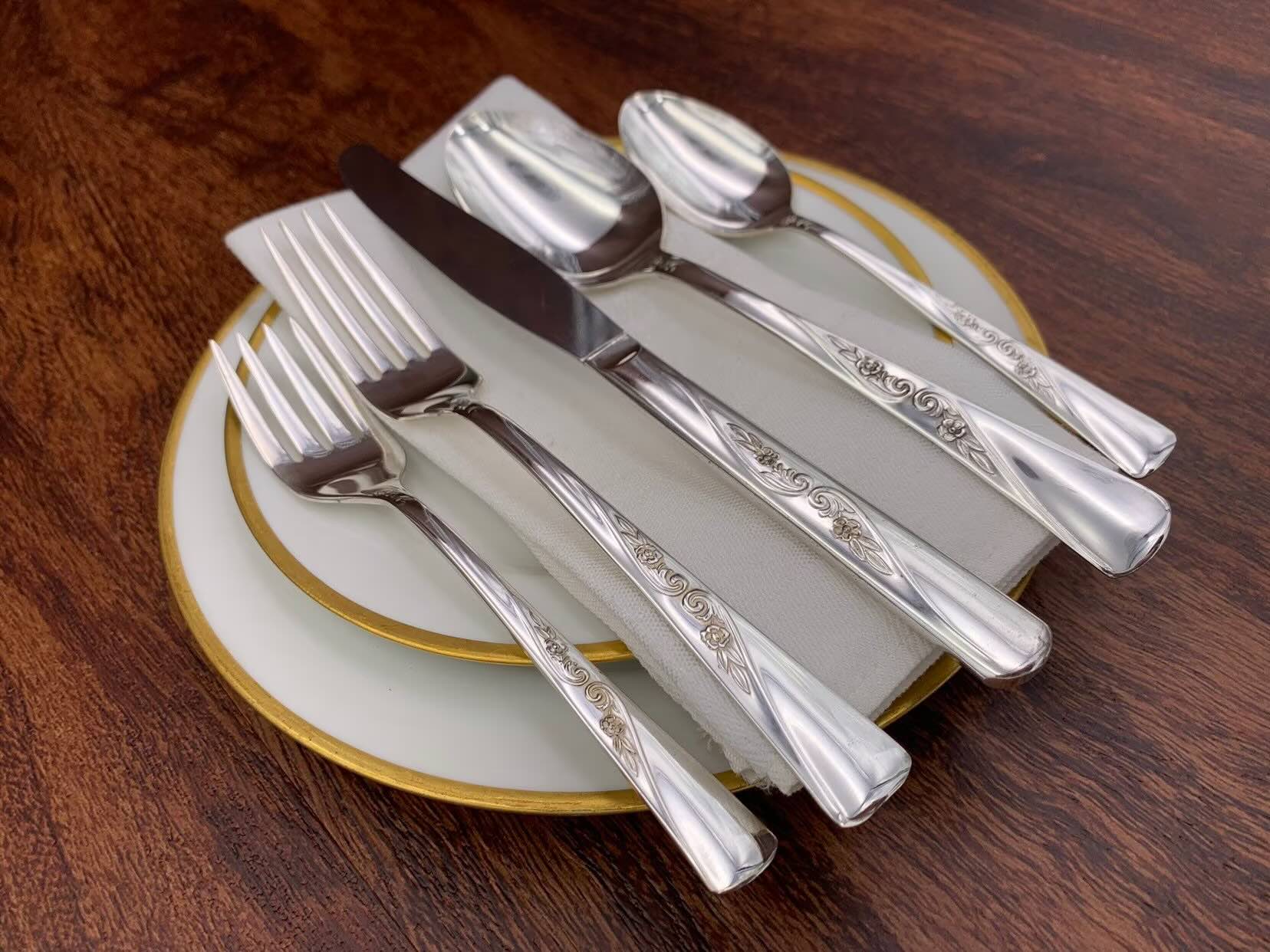
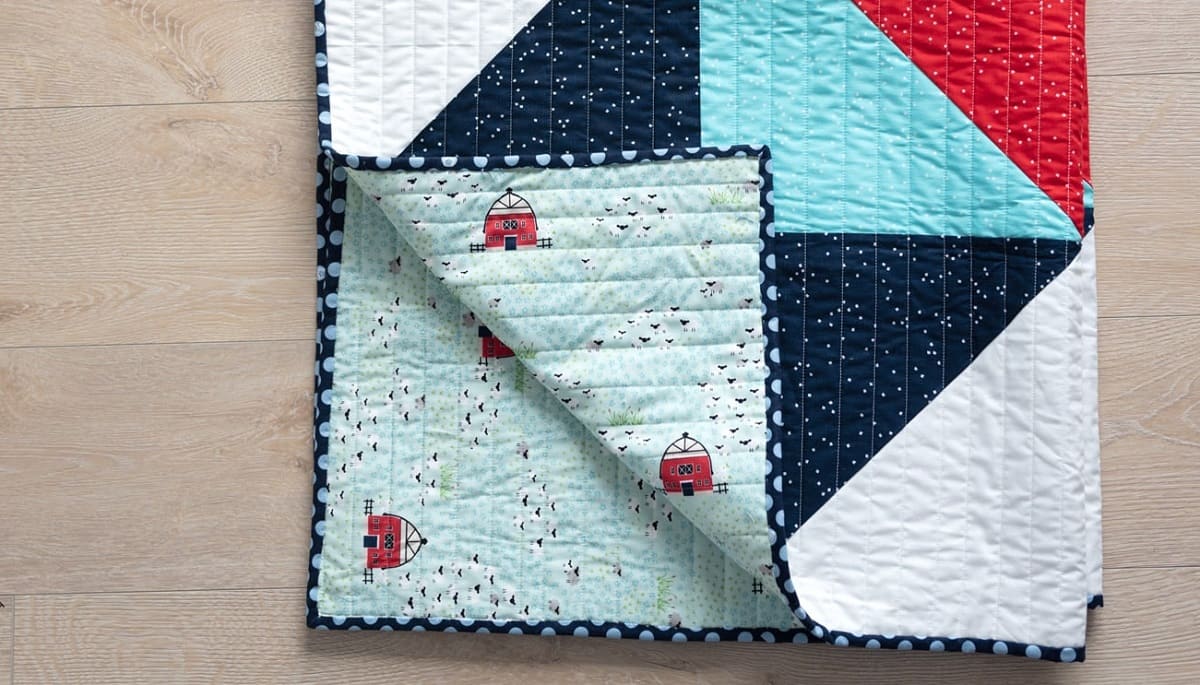

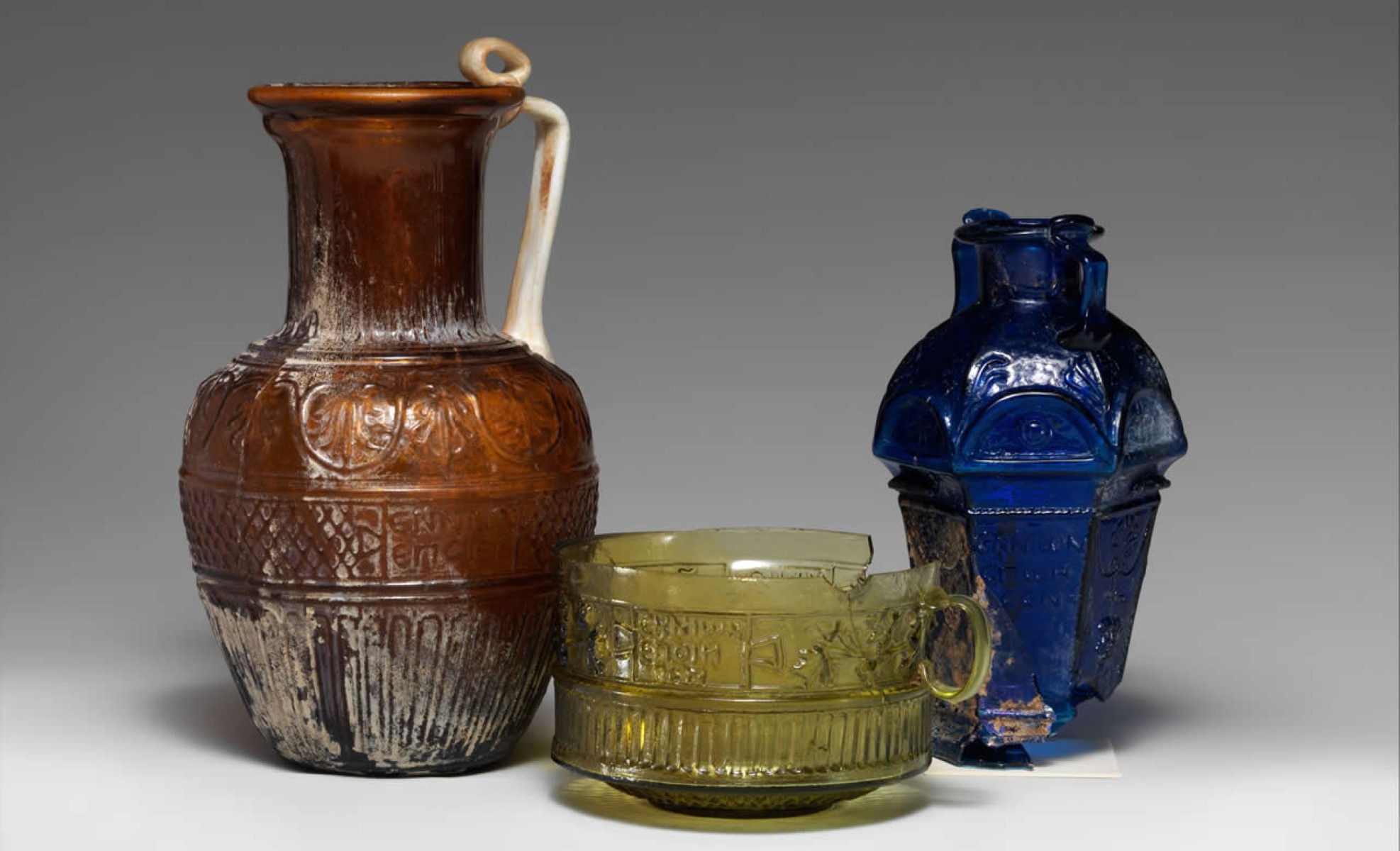

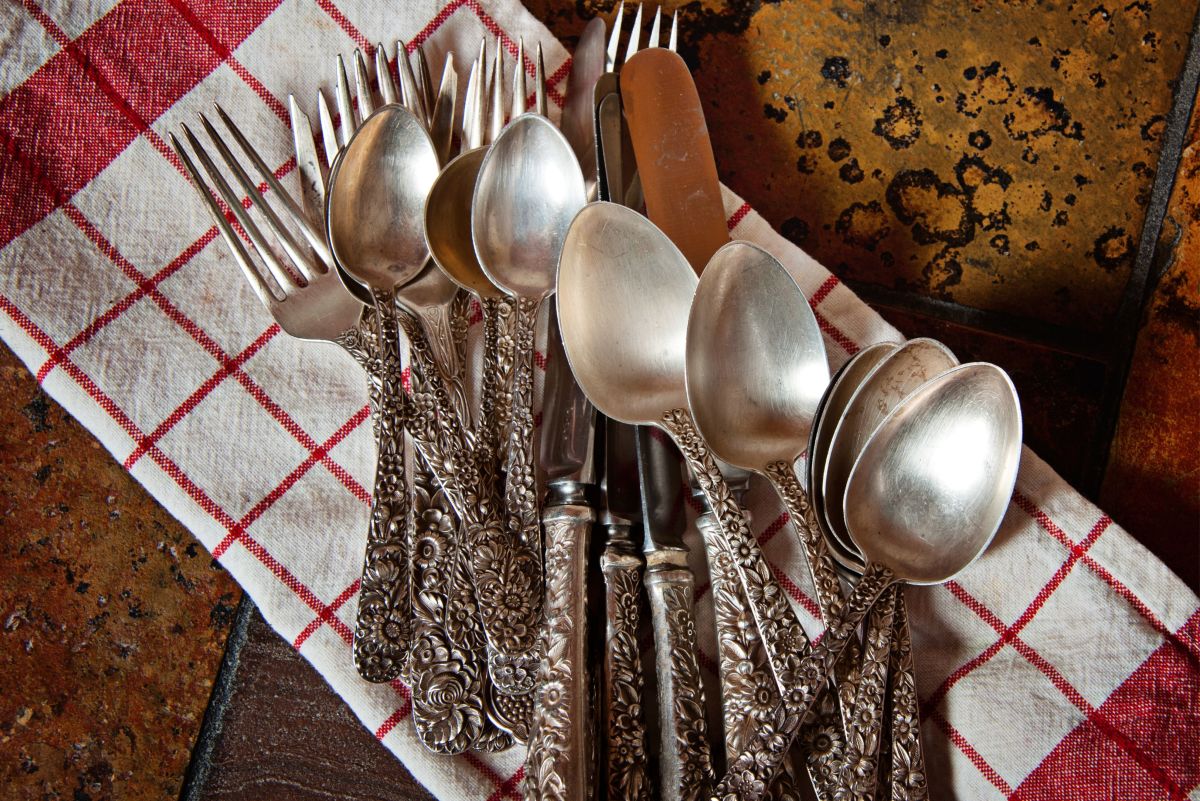
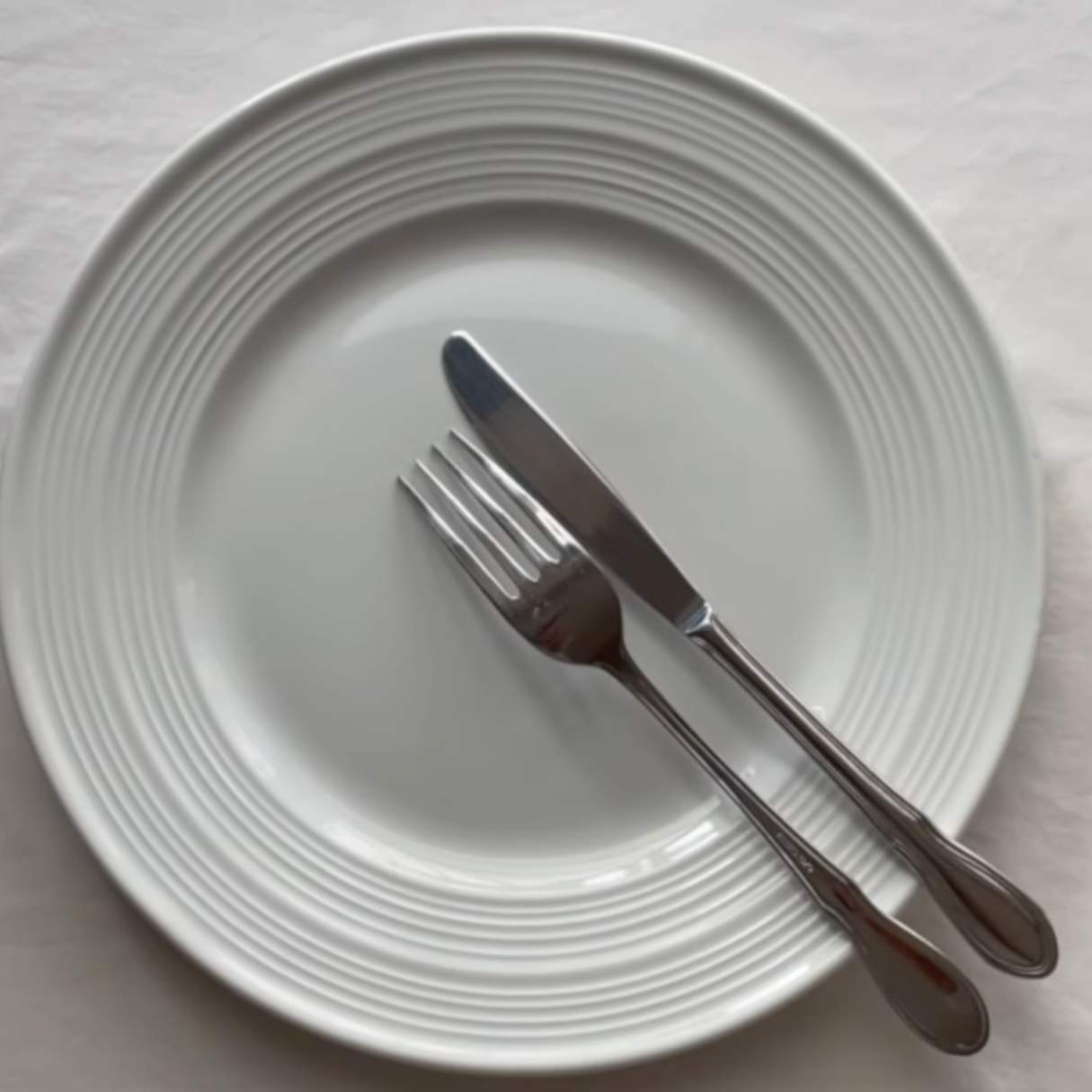


0 thoughts on “When Was Silverware First Used”